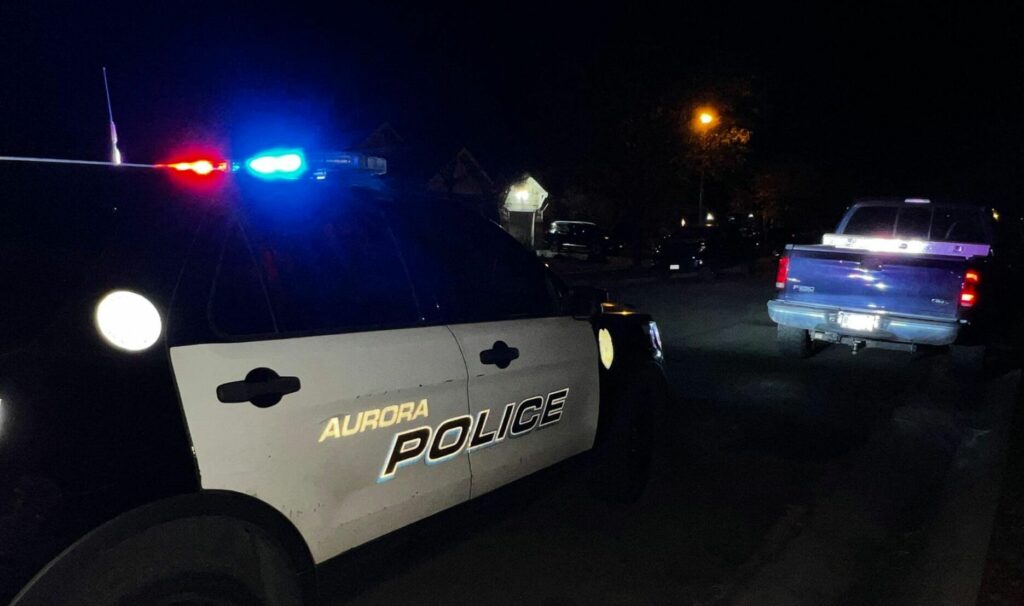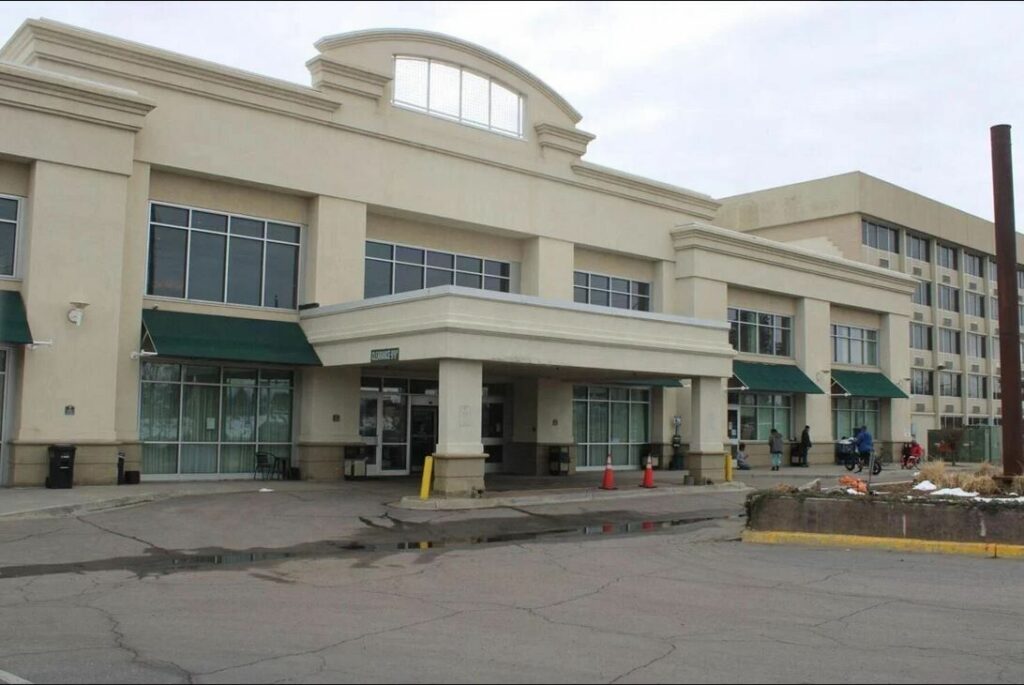Fix Colorado law, build more condos | Colorado Springs Gazette

Condominiums are configured in all kinds of ways – from townhomes to high-rises – and span a fairly broad spectrum of prices. Many are modest in their scale and amenities, while others are built to appeal to an upscale market.
What most condos have in common is they tend to be less expensive – often, a lot less – than similar-sized single-family homes. Which means they can offer an affordable housing alternative for a range of homebuyers – especially, first-time, entry-level buyers, as well as single professionals and empty nesters. And ownership gives them a chance to build equity.
Problem is, not many condominiums are being built in Colorado anymore. Ours is a state that needs affordable condos more than ever in light of soaring real estate costs that thwart homeownership in our most populous places.
Indeed, amid Colorado’s overall affordable-housing gap in the rental and real estate markets, you’d think condo construction would be a top priority. And yet, there’s a critical shortage.
A report released this week by Colorado’s Common Sense Institute asks, “Where have all the condos gone?” It offers an answer that affirms a long-standing concern among homebuilders.
Stay up to speed: Sign-up for daily opinion in your inbox Monday-Friday
The study found Colorado condominium construction has declined sharply over the last 15 years. Condominium development between 2018 and 2022, across 11 Front Range counties, was 76% lower than between 2002 and 2008.
A key cause of the condo crunch, the study concludes: construction-liability laws. Unknown to most would-be condo buyers, their options are limited by Colorado statutes that almost invite lawsuits against builders over even modest mistakes in housing construction. Personal-injury lawyers are, of course, happy to take on the extra business – for a hefty cut of the settlement.
The litigation bonanza, in turn, not only puts the damper on homebuilding up front but also raises builders’ liability insurance premiums over the long haul.
It was the ironically named Construction Defect Action Reform Act, adopted by the Legislature in 2001, that put the chill on condo construction.
The act was intended in part as a buffer against frivolous lawsuits. But it was later amended and wound up unleashing unwarranted litigation over builders’ minor defects.
But why were condos in particular hit so hard? They wound up in the crosshairs because they assure personal-injury lawyers and their plaintiffs a bigger payday, given their sheer scale. They’re also typically built by large companies with deep pockets.
One defect in one unit out of multiple, conjoined condos can make for a huge settlement, which builders and their insurers must pay to avoid the bigger expense of a trial. So, they just quit building condos.
All of which leaves a big hole in the housing market.
“Amid a thriving economy and an influx of young professionals, condos are considered attractive choices for many buyers due to their low-maintenance lifestyle and often more affordable price tags compared to single-family homes,” said the Common Sense study’s author, Peter LiFari, who’s a housing fellow with the institute and heads Maiker Housing Partners, a public housing authority in Adams County.
“In essence, condos are the ideal starter homes,” LiFari says, “and the ideal options for overhoused seniors at affordable prices.”
Good luck finding one. All because state law is an invitation to litigation – even when builders would have been happy to make needed repairs without legal action.
So, does anyone at the Capitol care to make some needed repairs – to state law? The Common Sense study offers specific tweaks to bring balance to construction-litigation laws. Read the full study at: commonsenseinstituteco.org/condominium-construction/.
Colorado Springs Gazette Editorial Board














